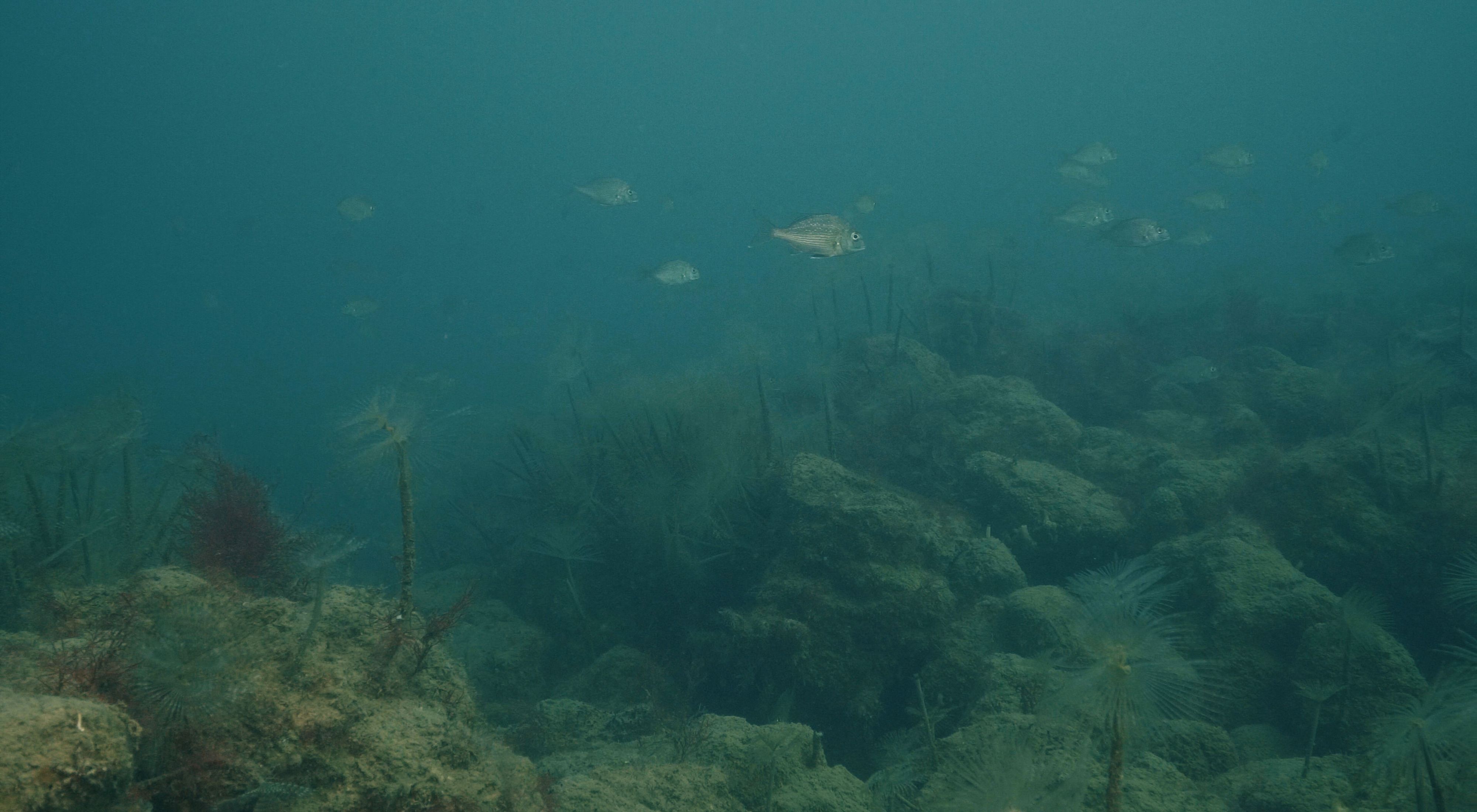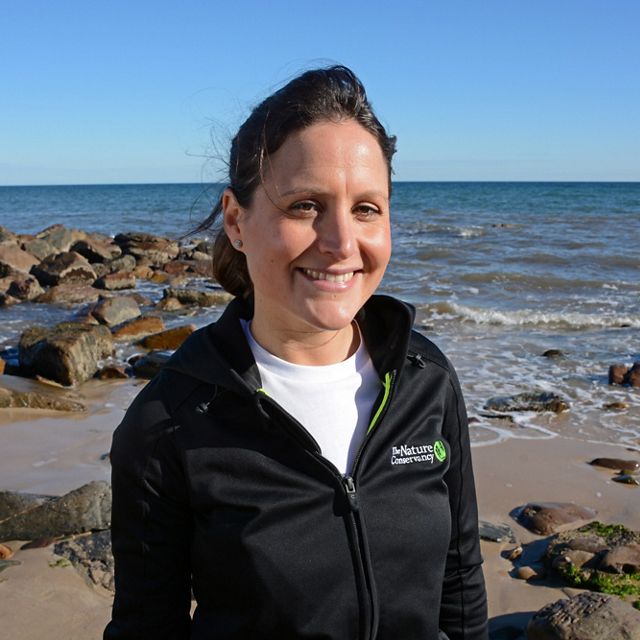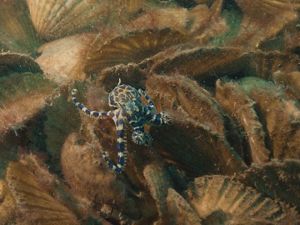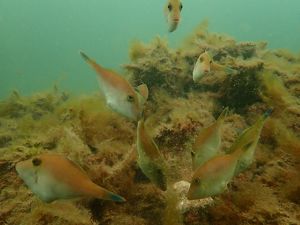Australia’s bays and oceans are magical places that attract young and old at all times of the year. Whether you’re swimming, diving, fishing, walking your dog along the beach or looking out to the horizon, it’s these experiences that you cherish in the moment and want our future generations to enjoy for years to come. If you live in metropolitan Melbourne, I'm sure you've made lots of happy memories playing in the sand and waters of Port Phillip Bay. Here we share with you the progress TNC’s team is making on our shellfish reef restoration projects across Australia’s southern coast, thanks to the generosity of our supporters.
Port Phillip Bay, Victoria
Since 2015, we’ve restored 1.5 hectares of shellfish reefs—that’s the size of the MCG. We’re getting fantastic survival rates (up to 85%!) for the seeded Australian Flat Oysters and Blue Mussels, and we’re starting to see oyster hatchlings begin to settle— which means the reefs are now growing on their own. The reefs are also attracting lots of marine life such as Pygmy Leatherjackets and schools of pinkie snapper, and we’re also seeing crustaceans, invertebrates and even seals.
Back in the 1800s, shellfish reefs once covered half the seafloor of Port Phillip Bay, but today they’re almost gone. We’re determined to bring back these ecosystems, and if we’re successful, in the future they’ll be able to filter the entire City of Melbourne’s waste water, reduce shore erosion and as a physical structure help dissipate wave energy and reduce the impact of storm surges and even slow the rate of climate change.
Gulf St Vincent, South Australia
In the next few months, we will be adding millions of native baby oysters to Windara Reef, the largest man-made shellfish reef in the southern hemisphere, off Yorke Peninsula South Australia. The baby oysters will provide the critical foundational glue needed for marine life to grow, thrive and attract more fish to the reef.
We hope to build Windara Reef to eventually span 20 hectares across the seafloor, and with every hectare of reef we restore, five more tonnes of fish will be drawn to the reef each year, turning it into a hotspot for locals and tourists in the years to come.
Oyster Harbour, Western Australia
We're excited to report on our newest reef restoration project. After nearly 150 years without them, we’ve started work to restore reefs in Oyster Harbour near Albany, Western Australia. We held two field days in March 2019 with volunteers who helped clean, count and measure Australian Flat Oysters that were grown in a hatchery in preparation for building the reefs in the area.
In the short term, our goal by 2020 is to restore one hectare of reefs across the Oyster Harbour seafloor.
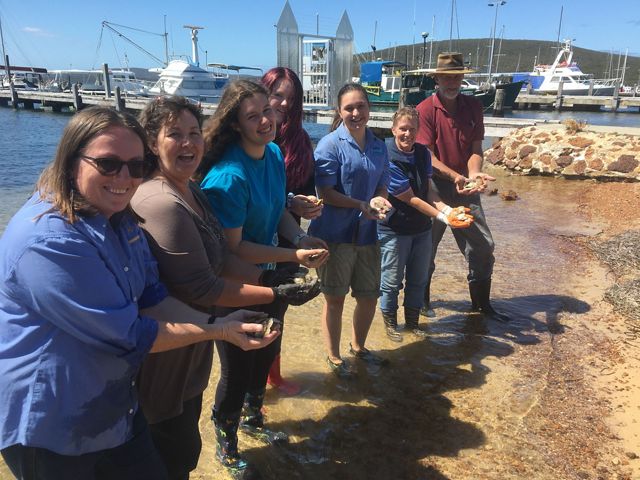
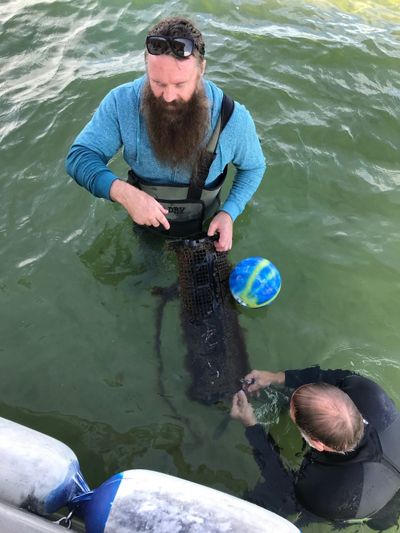
Future Projects
We’re in the process of establishing needs in Noosa, QLD and with the help of partners Murdoch University and the local Men’s Shed, we’re researching where best to build shellfish reefs in the Peel-Harvey Estuary, W.A – Watch this space!
The Nature Conservancy has pioneered largescale shellfish reef restoration projects across the globe, and our scientists have shown that these rebuilt reefs result in greater marine biodiversity and cleaner water.
This work we’re doing together, thanks to our supporters and partners, is making a tangible, lasting difference, and as long as we have the resources we need, we will continue to save and restore shellfish reefs across southern Australia.
The generosity of our supporters allows us to take on some of the biggest conservation challenges in Australia and turn things around for the better—for people and wildlife alike.
Please help us continue to restore the lost shellfish reefs of southern Australia
$25 a month for a year could buy enough oysters, mussels and limestone to build 5m² of reef.
